“If you’re going to focus on human-centric lighting, you cannot have that conversation without daylight,” says Michael Barber.
Michael Barber, principal at The Lighting Practice, discusses circadian lighting design and energy efficiency considerations in Building Operating Management‘s article, Supporting Human Health With Circadian Lighting Design.
Supporting Human Health With Circadian Lighting Design
To support health and wellness, make sure lighting is designed thoughtfully to enhance occupant health and wellness.
Our bodies are tuned to operate optimally under the natural cycle of bright daylight during the day and inky darkness at night. But many Americans these days are exposed to unnatural light conditions. Since the late 1980s, we spend at least 90 percent of our time indoors, according to studies done by the U.S. EPA. Much of that time we are bathed in artificial light, especially at night when it is most detrimental. Among the results is a disruption to our circadian rhythms, which can lead to a range of negative effects to our bodies and minds.
The lighting industry is working to rectify the situation with lighting and lighting design that can provide a beneficial health outcome by supporting the circadian system. With the refinement of LEDs, it is now possible to install luminaires that can pour out lumens, finely tuned to a range of color temperatures. But supporting human health with artificial lighting is a nuanced proposition, with several implications facility managers should be aware of, such as the relationship with energy consumption.
Standardization of circadian design
As the understanding around the human circadian system has grown, organizations have been able to start codifying the strategies needed to support circadian system entrainment in the built environment. In the last two years, several guidance documents prescribe the necessary performance attributes of lighting systems for human health benefit. These include WELL v2 Q2 2019, UL Design Guideline 24480, and CHPS Core Criteria 3.0. In general, these systems specify how much light needs to be provided at the eye-level of facility occupants to trigger the circadian system. This differs from what code requires for general illumination.
Click to read the full article: Supporting Human Health With Circadian Lighting Design






